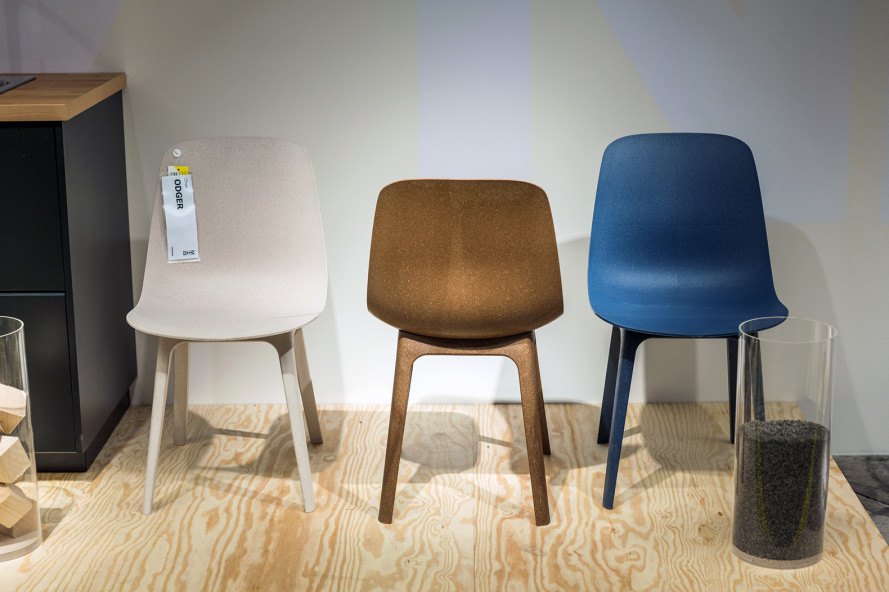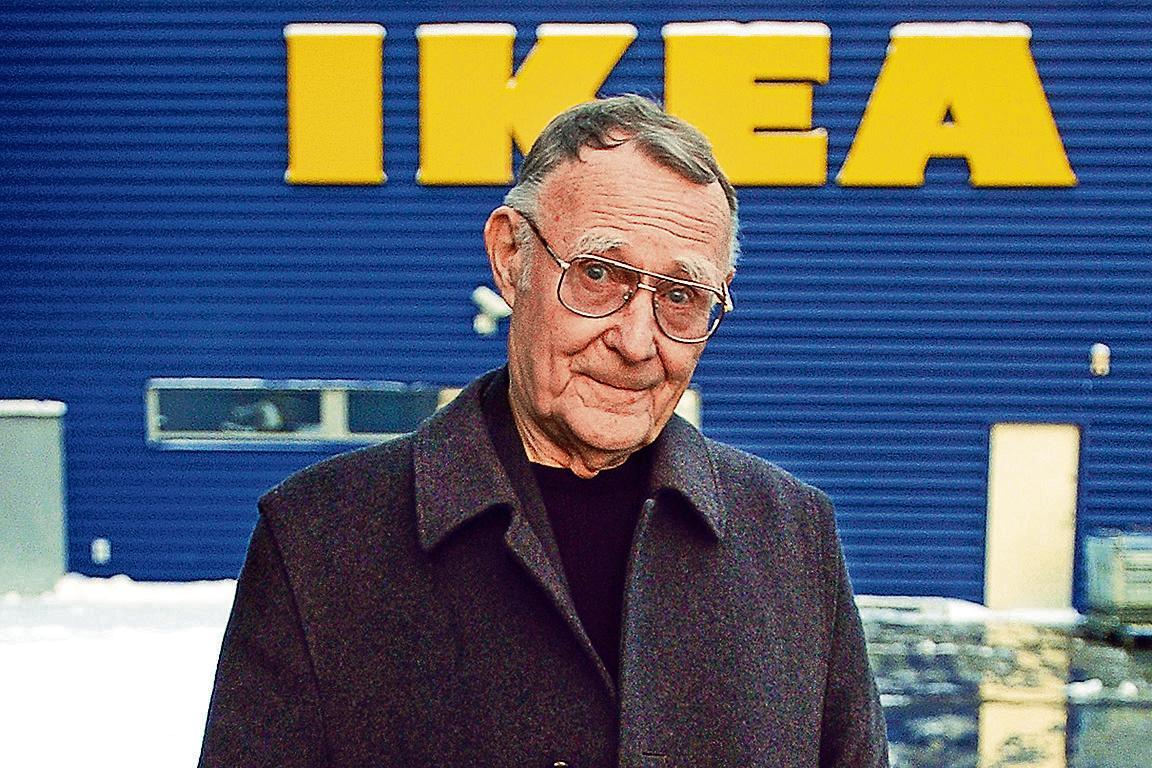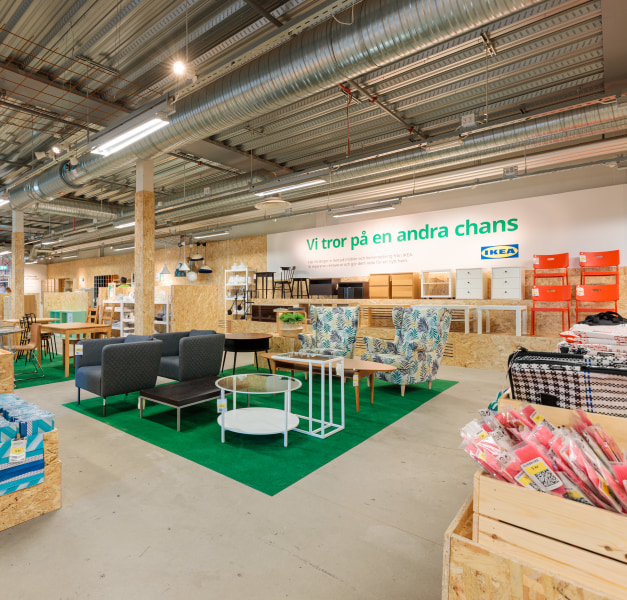IKEA, the multinational conglomerate synonymous with affordable, build-it-yourself furniture, has time and again proven its mettle in the retail industry. The secret sauce? Ingenious design strategies that cut costs and ensure affordability, even amidst escalating material and shipping prices. This article sheds light on IKEA's philosophy of "democratic design" and how it perpetually strives to minimize the reliance on expensive or scarce materials.
Embracing Democratic Design
IKEA's concept of "democratic design" sets the foundation for its enduring success. This philosophy encapsulates the vision of producing aesthetically appealing, functional, and cost-effective products accessible to all. Committed to this principle, IKEA ceaselessly explores avenues for reducing dependency on pricy or scarce materials, such as wood, metal, and plastic, and optimizing packaging and transportation to conserve space and fuel.
A Change of Materials, A Leap Towards Sustainability
One of the most impactful strategies IKEA employs involves using alternative materials, which are not only cost-effective but lighter and more environmentally friendly. By doing so, IKEA aligns itself with the global urgency for sustainability while simultaneously creating significant savings.

Plastic from Recycled PET Bottles: A Clever Substitute
In a remarkable innovation, IKEA has substituted part of the wood in its cabinets and drawers with plastic made from recycled PET bottles. This strategy significantly decreases the requirement for wood, thereby reducing costs. Additionally, these innovative products are lighter, simplifying transportation and assembly while minimizing carbon emissions.
From Zinc to Recycled Aluminum: A Strategic Swap
Another noteworthy instance is IKEA's shift from zinc to recycled aluminum for certain bathroom accessories. The price of zinc has seen a sharp increase in the past couple of years, fueled by geopolitical tensions. In contrast, aluminum is more widely available and cost-effective. Furthermore, using recycled aluminum reduces the environmental impact compared to new, virgin metal, highlighting IKEA's commitment to ecological conservation.
Compact and Efficient: The Art of IKEA's Redesign
IKEA does not stop at material substitution. Its design team continually revises its products to be more compact and efficient. A case in point is the redesign of IKEA's Nämmarö garden chair. By straightening the previously curved wooden slats, the chair's components can now be packed more tightly into a flat pack. This brilliant redesign minimizes air and wasted space in the packaging, thereby lowering freight costs and reducing the carbon footprint.
Honoring the Founder's Vision: For the Many People
The belief of IKEA's founder, Ingvar Kamprad, that "our budget is the customer's wallet, and their wallets are smaller than ever" remains at the heart of the company's ethos. By continually revising its products to save costs and maintain affordability, IKEA upholds Kamprad's vision and effectively caters to its customer base.
IKEA's redesign strategy serves as an exemplary model of how businesses can optimize their product design to save costs without compromising on quality. At CADmore, we share this philosophy and are committed to helping clients reimagine their supply chain, starting with design. If your organization aims to minimize manufacturing costs by optimizing your product design, we welcome the opportunity to assist you.

Adopting IKEA’s Efficiency-Driven Model
By examining IKEA's strategy, it becomes clear that efficiency is not just about the final product. It spans the entire value chain, from the choice of materials to the shape and form of the products, right through to the packaging and transportation.
Should your business be considering a similar approach to product optimization, adopting IKEA's efficiency-driven model could be the key to sustainable cost savings and increased profitability. This is where CADmore can step in to guide you through the redesign process. We collaborate with our clients to help them devise smart design strategies, focusing on cutting-edge techniques for cost reduction and sustainability.
Collaborating for a Sustainable Future
IKEA’s redesign philosophy goes beyond just cost-saving. It underscores the company's commitment to sustainable practices and making responsible choices. At CADmore, we share this vision of a more sustainable future. We’re dedicated to assisting organizations in making environmentally conscious choices that align with their economic objectives.
Collaborating with us will not only help your organization find innovative solutions for product redesign and cost reduction, but also help drive sustainability efforts that contribute positively to the global environment.
The Power of Efficient Design
IKEA's redesign strategy is a testament to the power of efficient design. It shows that careful consideration of materials, product design, and packaging can lead to significant cost savings while maintaining product quality and appeal.

At CADmore, we're inspired by IKEA's approach and are here to help you implement similar strategies within your organization. So, if you're looking to reduce manufacturing costs by optimizing product design, why not reach out to us today?
Ready to revolutionize your design strategy? Contact CADmore today to get started